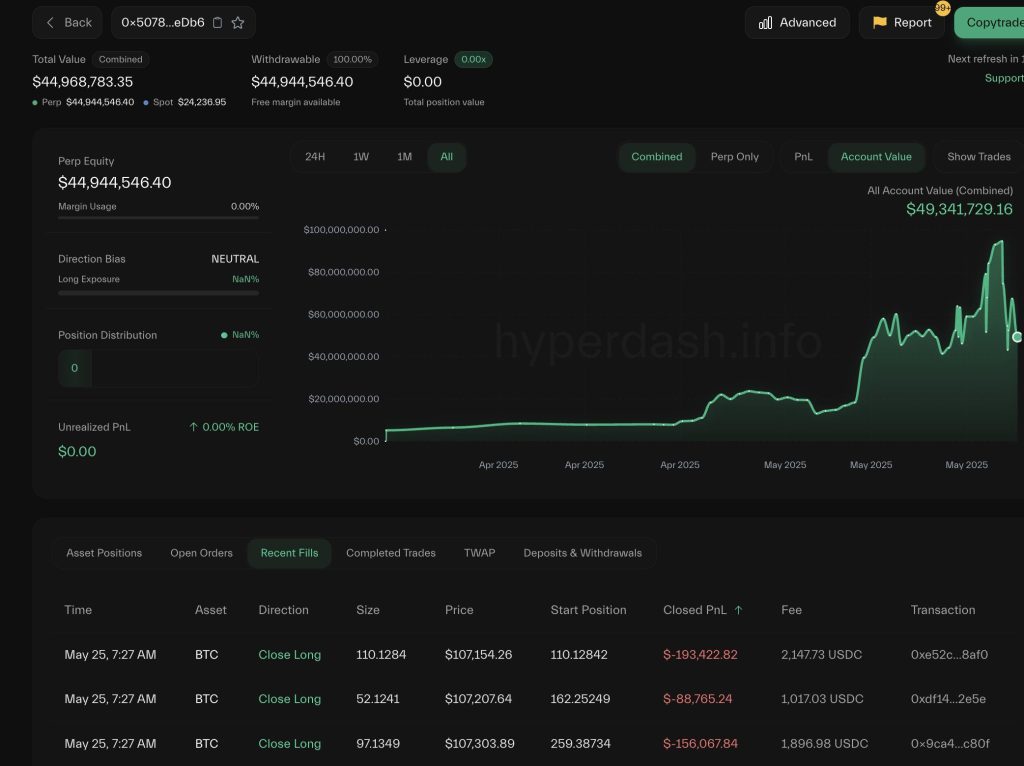This week the US will go live with a sweeping project to modernise its markets, a move that will have repercussions for banks and asset managers around the world trading in the world’s biggest capital market.
On Tuesday the country will shorten the time it takes to finalise the millions of securities trades across its markets every day. To make it a continental affair, it will be joined by Canada, Argentina and Mexico.
The move will cover stocks, corporate bonds, exchange traded funds, mutual funds and options. It will also force fund managers around the world trading in North American securities to be more efficient at settling trades.
Why the changes?
Currently buyers and sellers of securities are allowed two days after a deal is executed to finalise it, giving the participants time to deliver the money or the goods. That timeframe is known in the industry as T+2. But this week the window will be shortened to a single day, to so-called T+1.
In the US the catalyst for change was several bouts of wild market swings, most notably in 2020 during the early days of the pandemic and in the meme stock mania of early 2021. Then, retail broker Robinhood blocked its customers from buying several popular stocks through its app, causing their prices to crash, because it couldn’t meet volatility-related capital calls from its clearing house.
Speeding up settlement reduces the funds that brokers need to put up in collateral, and the 2021 debacle created common cause between regulators and industry participants. Last year the Securities and Exchange Commission set the May 2024 deadline.
“Time is money and time is risk,” said SEC chair Gary Gensler last week, pointing to the meme stock drama as a spur for the move. ”[T+1] will make our market plumbing more resilient, timely, and orderly.”
The move by the US has helped force the issue around the world. India has already moved to T+1 and the UK, the European Union and Switzerland are exploring following suit. Canada, Argentina and Mexico start a day earlier than the US because it is closed on Monday for a public holiday.
Does this narrower window cause problems?
Establishing standard timetables for agreeing trades and exchanging funds helps minimise the number of failed deals — those where, for various reasons, details don’t match or the cash doesn’t arrive. These are expensive and often difficult to resolve. They also risk creating uncertainties around who owns what — which can have wider ramifications for market mood and activity.
The bulk of the work has been undertaken deep in the plumbing of the financial system as banks, brokers and asset managers have pursued automation to speed up processes — many of which will now take place in the US night following a trade.
Non-US fund managers are expected to have the greatest difficulty with the accelerated process because they have less time to find the asset or because they have to source US dollars to pay for American stocks.
For example, last week an investor in Hong Kong, 12 hours ahead of New York, could have instructed their US broker to buy Apple shares on a Monday. The investor would have had Tuesday in the Asian city to buy the US dollars to settle the deal. Under T+1, a deal struck on Monday will already be in the late stages of settlement when Hong Kong’s currency traders reach their desks on Tuesday morning.
“When global markets don’t transition on a similar date, it does create a lot of operational complications. That was the case between 2014 and 2017. It’s going to be the case here,” said RJ Rondini, director of securities operations at the Investment Company Institute. “Our members are hoping that the UK, EU, Switzerland and other developed markets come to T+1 relatively soon.”
Managers of US-tracking exchange-trade funds overseas have also warned of potential difficulties. For those still on T+2, an ETF provider after receiving an order will have had to trade and settle the related US securities before they receive payment from their customers.
What could go wrong?
The good news is that this isn’t markets’ first go: In 2014 Europe shifted to T+2 from T+3 and the US followed suit three years later. Old hands this year have talked of dusting off their 2017 playbooks for this effort. Even so, that still left market participants with at least one spare working day to iron out issues. That option isn’t open this time.
Wednesday will be the biggest day in the US as there will be a double settlement day, sweeping up deals done on Friday as well as those from Tuesday.
Adam Watson, head of commercial products in BNY Mellon’s custody business, said the move to T+1 was the “right thing to do”, as it reduced the risk that counterparty to a trade would fail while deals hadn’t settled.
But he warned that “you will see short-term fails and increased funding costs” to cover the potential failure to settle the deal.
In the US, the Depository Trust and Clearing Corporation stocks clearing house has some discretion on extending deadlines. In the EU and the UK, however, penalties are applied daily until trades are settled.
The new system will face an early test. While a US holiday — Memorial day — was deliberately chosen to provide an extra day’s space to handle the switch, the changeover is landing in a week that also includes changes from two big index providers, which can increase volatility and trading as fund managers adjust their holdings to match the new weightings.
Funds following FTSE Russell’s US indices can start adjusting their holdings this week as part of its annual shift, while Friday May 31 marks a semi-annual deadline for funds tracking MSCI indices to tweak their portfolios.
The DTCC, however, said it handled index rebalances and double settlement days several times a year. “We are confident in our ability to handle additional volumes in a T+1 environment,” said Brian Steele, president of DTCC clearing and securities services.
Credit: Source link










